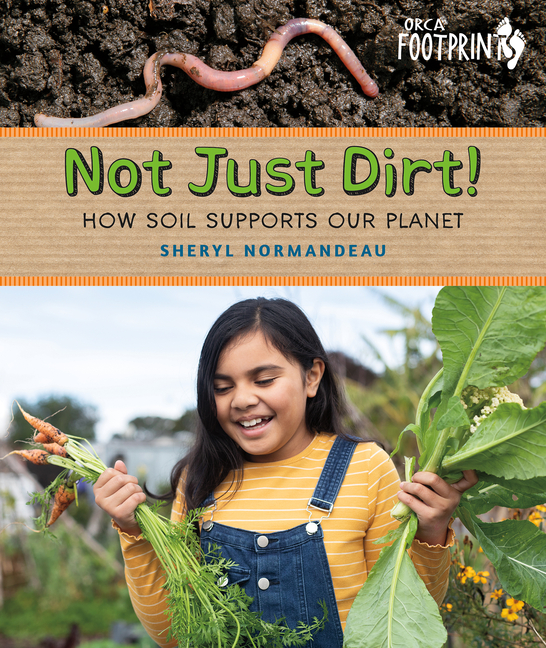local_shipping Free Standard Shipping on all orders $25+ and use Coupon Code GiftBooks15 for an additional 15% off!
Going Wild: Helping Nature Thrive in Cities
(Orca Footprints)

What if the new key to making our lives safer (and even healthier) is to allow the wilderness back into our cities?
Going wild. We don't see it as a good thing. And why would we? For most of our time on earth, humanity has been running from lions and other wilderness dangers. We've worked hard to make our local landscapes as safe and convenient as possible. Sometimes that's meant paving over areas that might burst into weeds. Other times, we've dammed rivers for electricity or irrigation. But now pollution, climate change and disruptions to the water cycle are affecting the world in ways we never anticipated.
JNF051100 - Juvenile Nonfiction | Science & Nature | Environmental Science & Ecosystems
JNF037020 - Juvenile Nonfiction | Science & Nature | Environmental Conservation & Protection
City planning
Urban animals
Urban plants
Kirkus
ALA/Booklist
School Library Journal
Gr 4-7--Mulder adds to her catalog of environmentally focused titles with this account of all of the ways nature has to adapt to urban environments. There are a lot of riveting ideas briefly discussed here, including the connection between rats and the bubonic plague, the history of forcing Indigenous children into residential schools, and the connection between microbes and mental health. The book's biggest challenge is its effort to explain so many complex historical topics prior to exploring the current, delicate urban ecosystem. However, the book more successfully explains the enormous impact human habitation has on the surrounding natural world. Sidebars include "Wild Facts" and "Making Tracks" that provide some extra fun information as well as personal anecdotes from the author. A glossary of unfamiliar vocabulary words (such as habitecture) is also helpful. There are also suggestions on how readers can improve their relationship with nature by composting, planting seeds, and spending more time enjoying the outdoors. VERDICT Perfect for inspiring readers to explore the natural world while also encouraging discussion about the environmental changes caused by humans.--Alyssa Annico, Youngstown State University, OH
Copyright 2018 School Library Journal, LLC Used with permission.

































